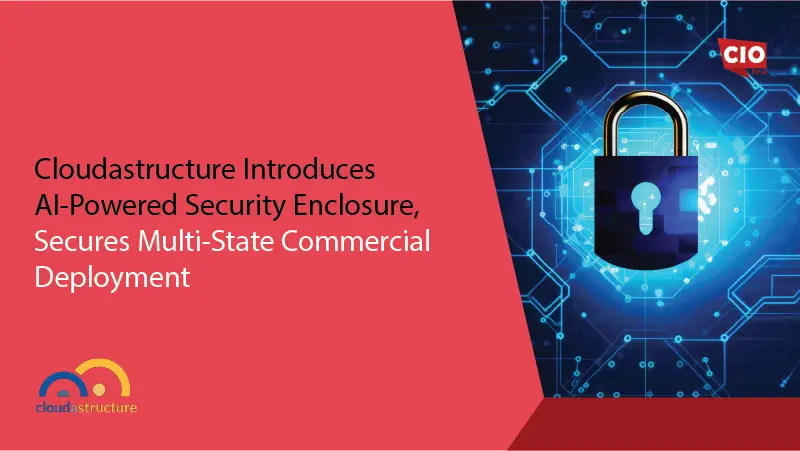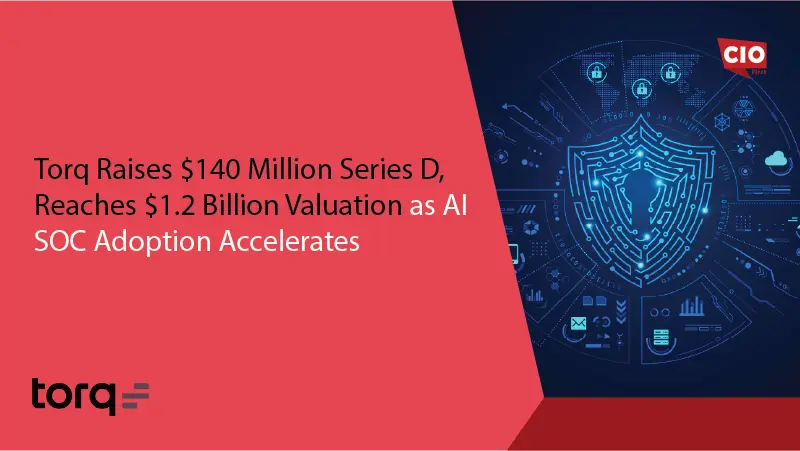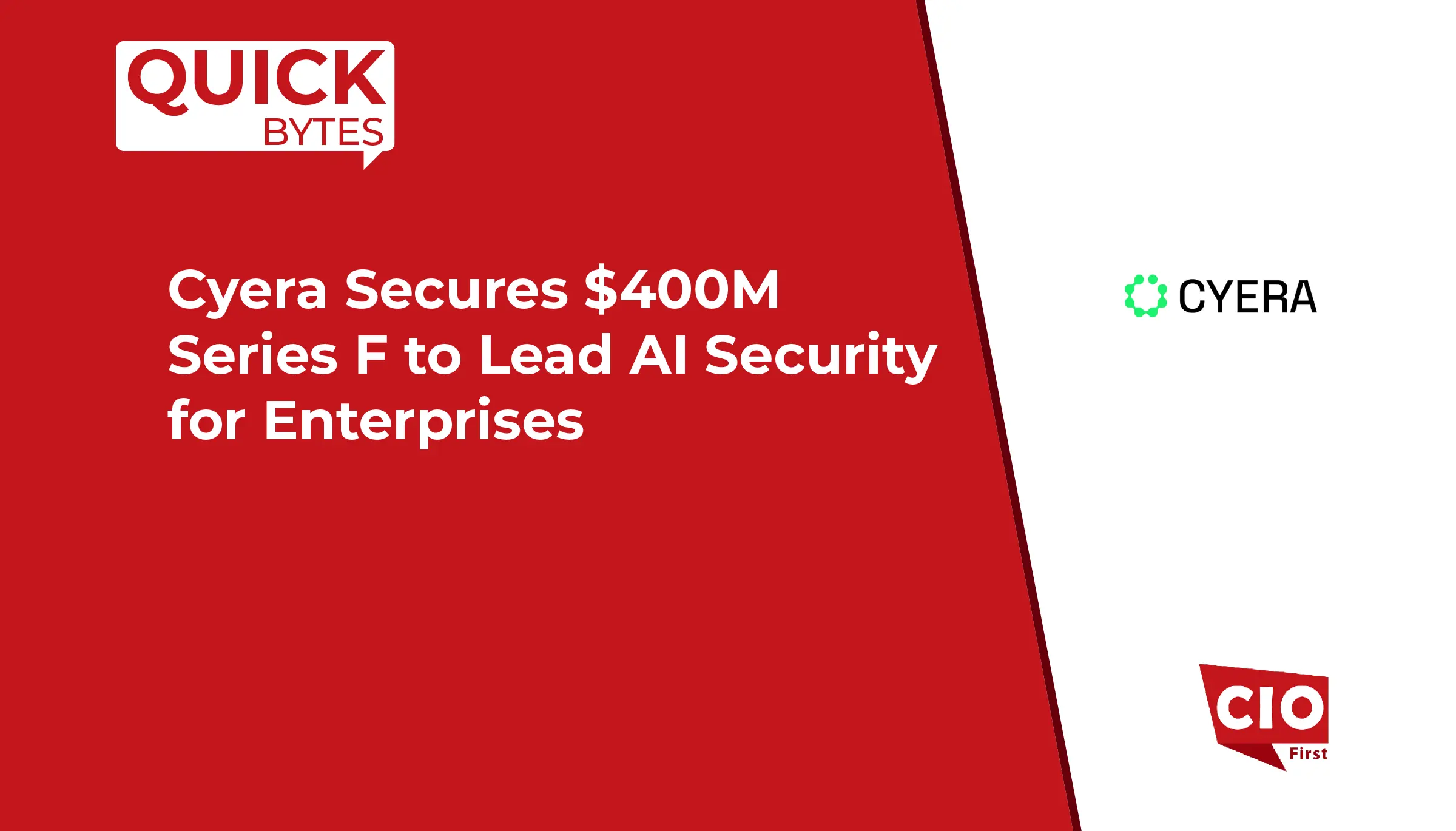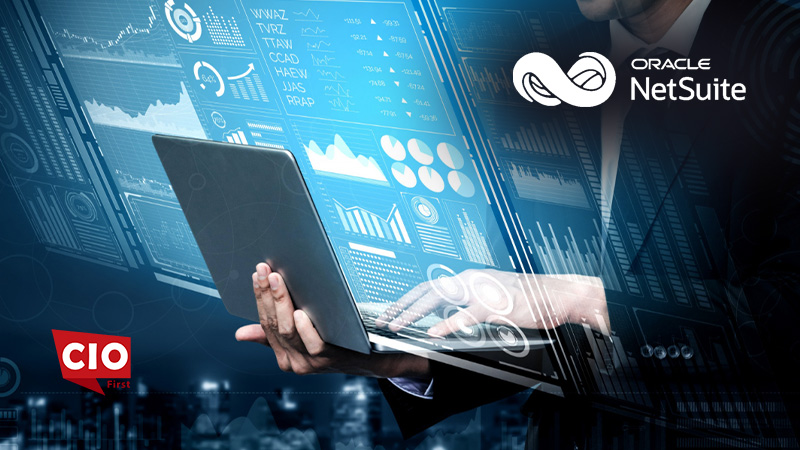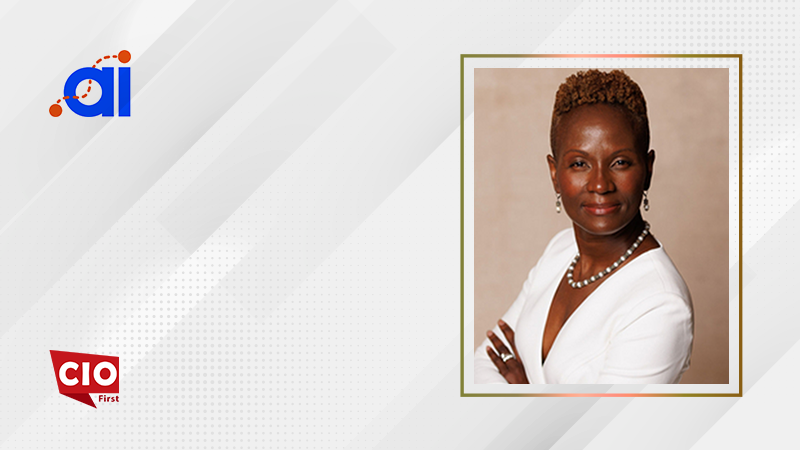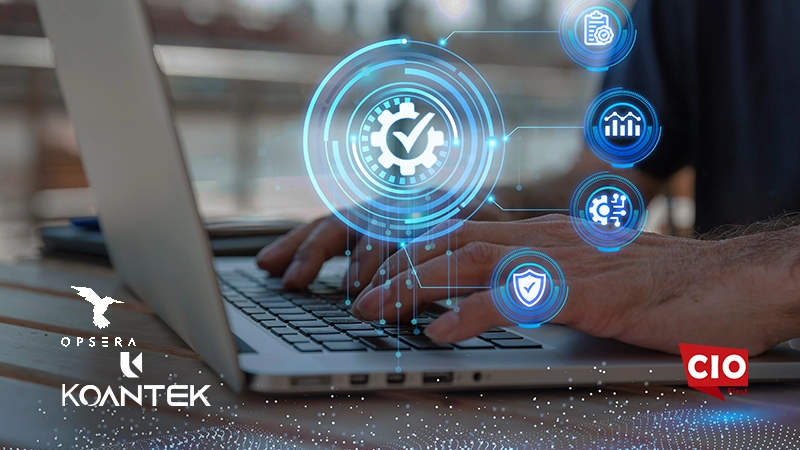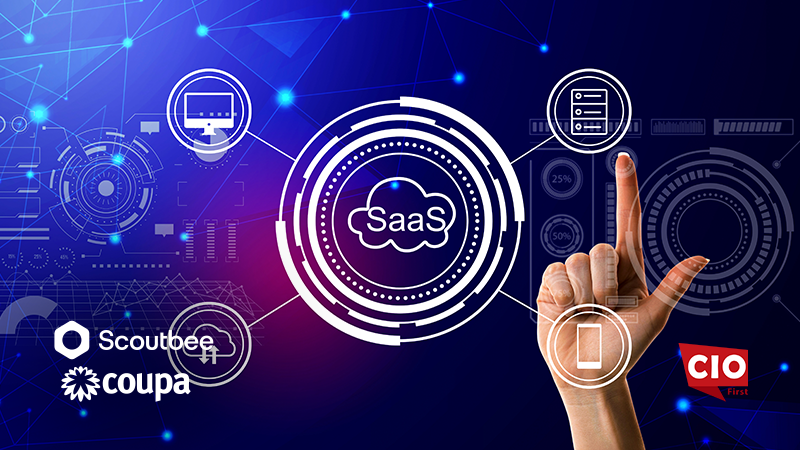“As enterprises adopt a cloud-first posture and the support of the more virtual workplace, as well as continuing adoption of the public cloud and SaaS, WAN investments will increasingly parallel this evolution,” says David Ginsburg, Vice President Product and Solutions, Aryaka in an exclusive interview with Enterprise Talk.
ET Bureau: What is the purpose of the State of the WAN report? What were a few of the top findings that surprised you? Did you find any interesting major shifts in priorities or concerns from last year to this year?
The purpose of the annual State of the WAN report is to take the pulse of global IT leaders to get their opinions on what’s happening with hybrid workplaces, application performance, and the management of complexity and security. This year’s report addresses the convergence of network and security (SASE), which is certainly top of mind for several organizations as these two areas are more intertwined than ever. This year we surveyed 1,600 global enterprises on their plans for SD-WAN and secure access service edge (SASE), and based on the number of responses, it is probably the largest in the industry. This survey is important because it packages tremendous insights from CIOs, CISOs, network, security, and cloud practitioners across a variety of verticals and with a truly global response distribution.
In many cases, the findings reconfirmed what we are hearing from others, such as the longer-term future of the hybrid workforce, with a full two-thirds stating that greater than 25% of their employees will adopt a permanent hybrid posture. Budget growth, with a quarter expecting this to grow by 25% or more, and with three-quarters expecting greater than 10% growth, was a pleasant surprise, but this was balanced by an unexpected, renewed emphasis on cost containment. Microsoft Teams also experienced stronger than expected adoption at 58%, while SASE planning is in full force, with almost two-thirds currently deploying or planning to do so over the next year. This with the understanding that SASE still means different things to different people. We also saw more aggressive decommissioning of existing data centers on the back of digital transformation initiatives, with just over half planning to eliminate all and move to the public cloud over the next year.
Also Read: How the CIO Role Will Evolve In 2022
The trends we’re continuing to see this year started off in 2020 with the pandemic appearing as a temporary reality distortion that has become the new normal. It has changed the way businesses connect and collaborate the world over, elevating the strategic importance of the WAN further and placing emphasis on how applications are consumed. The move to the cloud and adoption of Cloud-First architectures have therefore become table stakes as technology leaders help businesses navigate the pace of change.
ET Bureau: What do you think these findings mean for the future of the WAN?
As enterprises adopt a cloud-first posture and the support of the more virtual workplace, as well as continuing adoption of the public cloud and SaaS, WAN investments will increasingly parallel this evolution. A SASE architecture is one of the proposed approaches to better align networking and security with this cloud-first world.
ET Bureau: What does the growth of collaboration applications and their broader full-time use imply for network planning?
It is no surprise that the current work-from-home environment has resulted in much greater full-time use of applications like Teams and Zoom. As some workers return to the office, they will also operate in a ‘hybrid’ mode so that everyone is on a level playing field, so that remote workers will feel integrated with those on-site. This results in additional bandwidth requirements to ensure application performance, even at the HQ or branch, and investment must also include equipping remote workers with the tools to deliver the necessary fidelity to avoid fatigue. 61% identify the flexible reallocation of bandwidth between on-premises and remote workers as critical.
ET Bureau: What challenges are enterprises experiencing in their SASE adoption?
There is a perception that it is all or nothing, a flash cutover from an existing on-premises architecture. Some cloud-native enterprises may be able to immediately adopt a SASE-only architecture, but in most cases, enterprises will migrate in stages or may decide to preserve some on-premises security capabilities indefinitely. The key then is developing a migration strategy (identified by 33%) that will help mitigate any complexity (identified by 40%) and avoid potential dead-ends. 39% also identified some confusion as to whether they must work with a single vendor for SASE or if they can partner with two (or more). Currently, it is not a given that a single vendor will be able to deliver a best-in-class networking and security offer, so working with two tightly integrated vendors is very much a viable option. Where SASE initiatives are in place, 35% state that they are developing an overall strategy, 32% phasing out legacy VPNs, 29% consolidating their cloud security capabilities (SWG, CASB, and ZTNA), and 26% phasing out dedicated security appliances. ZTNA in particular has really come into its own over the past year, also in awareness, speaking to the requirements of the hybrid workforce.
Also Read: Enterprises Should Ensure Sustainability of AI Initiatives
ET Bureau: What are the top three takeaways for CIOs, and their top three actions
Given the budget uptick, ensure that spending is well-planned and that it addresses the needs of the hybrid worker and the migration to a cloud-edge networking and security architecture that delivers flexibility, simplicity, and application performance. The latter, including adopting a SASE architecture that includes zero-trust network access (ZTNA), needs to include a migration strategy and joint planning from a combined networking and security center of excellence, though only 41% noted that decision making is now combined. IT should also look at any blind spots across their deployments, DIY or managed, and invest accordingly in the necessary tools, as this observability and control is critical to ensuring security and application performance. In fact, observability was identified by over two-thirds as a major imperative. And maintain a keen eye on costs, identified as the lead challenge at 36%, even surpassing complexity, now at 31%.
ET Bureau: How are enterprises addressing complexity?
The reality is that connectivity and security continue to grow in complexity, and this is compounded by IT staffing, training, and budgeting. To address this, two-thirds stated that they are moving more to managed services, but these must be tightly integrated and easy to consume looking at the mix of capabilities requested that span SASE and security (67%), the WAN (45%), application optimization (40%), last mile services (29%), and multi-cloud connectivity (27%).
Additional background on the report –
This year’s report can basically be broken down into four themes; the acceleration of remote
and hybrid work, application performance and complexity, managed services adoption, and SASE.
In terms of the hybrid workplace, we’re seeing it continues to be top-of-mind with a quarter of the respondents stating they’ve closed 25-50% of their sites. This dovetails into overall hybrid work plans, with 25% expecting 51-75% of their employees to remain remote post-pandemic, and another 43% with 25-50% remote. Supporting this hybrid workplace is still an issue, with lackluster application performance a time sink (42%) and security a major priority (34%).
For application consumption and performance, we see cost (36%) and complexity (31%) trading places between last year and today, reflecting a renewed interest in the ROI, while application performance issues (26%) are still of concern. For China, compliance and regulatory issues (50%) now trump basic connectivity issues (30%), while Microsoft Teams (58%) and 365 (55%) have pulled into the lead on enterprise adoption. Zoom (35%), Salesforce (28%), and SAP/Hana also continue (25%) to gain traction.
To manage complexity, enterprises, are looking for a more complete set of offers, an all-in-one SD-WAN and SASE that includes the WAN (45%), security (67%), application optimization (40%), last mile management (29%), and multi-cloud connectivity (27%). They are less concerned versus previous years about the newness of the technology (28%), any skills gaps (31%), and whether applications will perform properly (29%). Many are on the road to eliminating some if not all their legacy data centers (51%), migrating from MPLS (46%), and addressing the need for visibility and control (69%). This last area is of key concern this year. In evaluating a SD-WAN, they are moving further through the evaluation cycle with 11% having deployed and are overall bullish on both networking and security budget growth with a quarter expecting it to grow by 25% or more.
Lastly, looking at network and security convergence, supporting the hybrid workforce and the perennial pain point, staffing, are the top concerns. Many are on their way to SASE adoption by setting their strategy (35%), phasing out of legacy VPNs (32%), and consolidating cloud security and zero-trust (29%). They have a greater awareness of desired capabilities such as a secure web gateway (SWG) (47%), SD-WAN (36%), and firewall as a service (FWaaS) (28%), but potential barriers to effective deployment include whether to go single or dual vendor (39%), the complexity of the implementation (40%), and setting a migration strategy (33%). This is balanced by expected advantages that include time and cost reduction (37%), as well as agility (33%). Many security deployments today are multi-vendor (44%) and hybrid (also at 44%), reflecting the complexity of the typical enterprise, while decision-making is still many times distributed though 41% state it is now consolidated. And over two-thirds are looking to a managed service
[vc_column][vc_tta_tour][vc_tta_section title=”David Ginsburg ” tab_id=”1602598322051-0408cb00-0e1c”][vc_column_text]
David Ginsburg is currently Vice President of Product and Solution Marketing at Aryaka, the #1 cloud-first SD-WAN and SASE provider. His background includes leading marketing and product management organizations spanning networking, the cloud, SaaS, security, and SDN, at companies including Teridion, Pluribus, Extreme, Riverstone Networks, Nortel, and Cisco. Dave is a published author and thought leader focusing on the convergence of these different technologies in driving business outcomes and their impact on society. Through his two teenage daughters growing up in Silicon Valley, he experiences firsthand the impact of technology and social changes on our future.
[/vc_column_text][/vc_tta_section][/vc_tta_tour][/vc_column]







